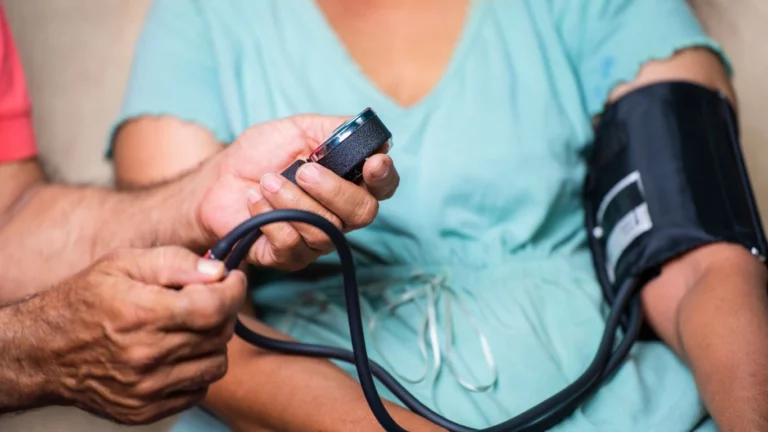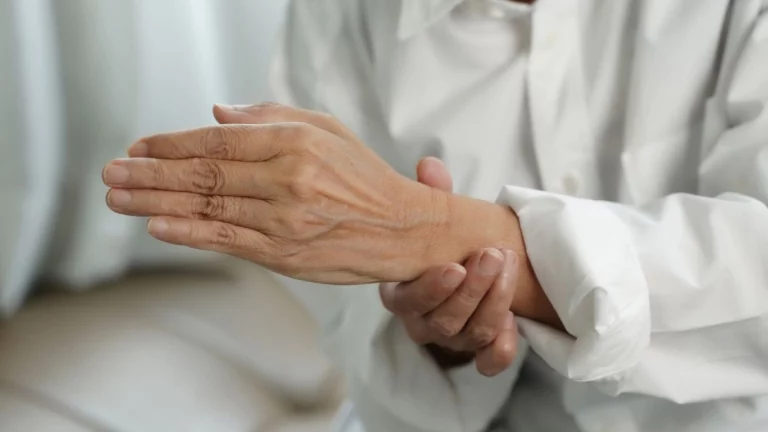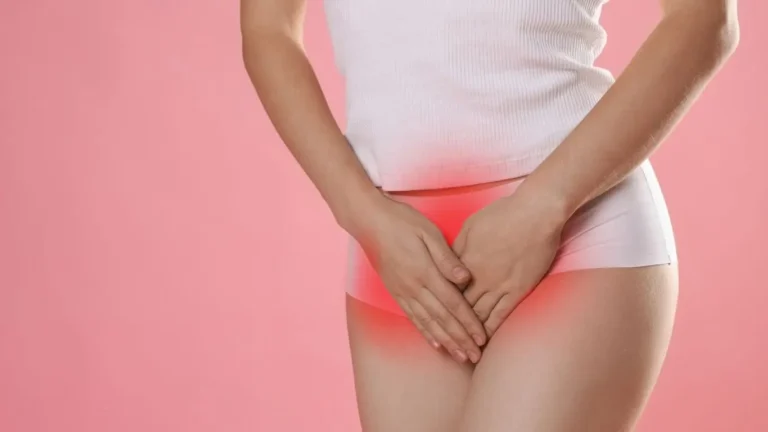Blood Pressure Regulation with Exercise – How Staying Active Helps Lower Hypertension
Looking to manage your blood pressure without relying solely on medications? Regular exercise is one of the most effective natural ways to lower and regulate your blood pressure. Let’s dive into how exercise can make a big difference in heart health.
When it comes to managing your blood pressure, most people think of medications first. While those can be super helpful, exercise can also play a major role in keeping your blood pressure in check. If you’re dealing with high blood pressure (or even if you just want to stay ahead of the game), regular physical activity can be a game changer. Let’s take a closer look at how exercise can help regulate blood pressure and which exercises are the most effective.

Why Does Exercise Matter for Blood Pressure?
Exercise is a powerhouse for your cardiovascular system. When you get moving, it boosts circulation, helps your heart pump more efficiently, and improves the flexibility of your blood vessels. This all contributes to lower blood pressure. Basically, when your heart doesn’t have to work as hard to pump blood, your blood pressure naturally drops.
Even if you already have high blood pressure, exercise can help bring it down and prevent it from getting worse. Plus, regular exercise can help you maintain a healthy weight, which is another key factor in blood pressure regulation.

How Does Exercise Lower Blood Pressure?
Exercise reduces blood pressure in several ways. When you get your heart rate up, your heart becomes stronger and more efficient at pumping blood. Over time, this leads to less stress on your arteries and veins, reducing your blood pressure. Here’s how it works:
- Strengthens the Heart: Your heart gets stronger with regular exercise, so it doesn’t have to pump as hard to move blood through your body.
- Improves Blood Vessel Function: Exercise improves the function of the endothelium, the thin layer of cells lining your blood vessels. This helps your arteries relax and dilate more easily, lowering resistance to blood flow.
- Reduces Stress: Regular exercise can also help manage stress and anxiety, which can be major contributors to high blood pressure. Physical activity releases endorphins, the body’s natural mood boosters, which can make you feel calmer and more relaxed.

Which Exercises Are Best for Blood Pressure Regulation?
Not all exercises are created equal when it comes to managing blood pressure, but don’t worry, you’ve got options! Here’s a breakdown of the most effective types of exercise for lowering blood pressure:
1. Aerobic Exercise (Cardio)
Aerobic exercises, also known as cardio, are great for getting your heart rate up and improving circulation. Studies have shown that regular cardio can lower both systolic and diastolic blood pressure (those are the top and bottom numbers on your blood pressure reading). Some examples of aerobic exercises include:
- Walking
- Jogging
- Cycling
- Swimming
- Dancing
- Brisk walking or hiking
Aim for at least 150 minutes of moderate-intensity aerobic activity or 75 minutes of vigorous activity per week. If you’re not used to exercising, you can start slow and gradually increase your time and intensity.
2. Strength Training (Resistance Exercise)
Strength training is another important component of blood pressure regulation. Lifting weights or using resistance bands helps build muscle, which increases your metabolism and improves your overall cardiovascular health. Studies suggest that incorporating strength training into your routine can reduce blood pressure by a small but significant amount.
You don’t need to lift heavy weights to see benefits—using bodyweight exercises (like squats, lunges, and push-ups) or lighter weights can still do the trick. Try strength training at least two days per week, with a day of rest in between.
3. Flexibility and Balance Exercises
While flexibility and balance exercises (like yoga or tai chi) may not directly lower your blood pressure, they can be super helpful for overall heart health and stress reduction. Yoga, in particular, has been shown to have a calming effect on the nervous system, which can lower blood pressure. Plus, it helps with posture, balance, and flexibility, making it a great all-around addition to your exercise routine.
4. High-Intensity Interval Training (HIIT)
HIIT workouts are short bursts of intense activity followed by periods of rest or low-intensity exercise. This type of exercise has been shown to improve cardiovascular health, boost metabolism, and help with weight loss—all of which contribute to better blood pressure regulation. Just be sure to talk to your doctor before jumping into HIIT, especially if you have high blood pressure or any heart conditions.

How Much Exercise Do You Need?
When it comes to lowering blood pressure with exercise, consistency is key. Aim to exercise most days of the week to see the best results. Here are some general guidelines:
- Aerobic Exercise: At least 150 minutes of moderate-intensity or 75 minutes of vigorous-intensity aerobic activity per week.
- Strength Training: Two or more days per week of strength training exercises.
- Flexibility and Balance: Include yoga or stretching routines several times a week for stress relief and overall health.
If you’re not sure where to start, try incorporating brisk walking into your daily routine and gradually build from there.
Other Lifestyle Tips for Regulating Blood Pressure
While exercise is an important part of the puzzle, there are other lifestyle changes you can make to help regulate your blood pressure:
- Eat a heart-healthy diet: Focus on fruits, veggies, whole grains, and lean proteins. Limit your intake of salt, sugar, and processed foods.
- Maintain a healthy weight: Losing even a small amount of weight can have a significant impact on your blood pressure.
- Limit alcohol and caffeine: Excessive drinking and too much caffeine can both raise your blood pressure.
- Quit smoking: Smoking is a major risk factor for high blood pressure and heart disease, so quitting can make a big difference.
- Manage stress: Try to find ways to relax and unwind, whether it’s through meditation, deep breathing, or spending time with loved ones.
Conclusion
Exercise is one of the best natural remedies for regulating blood pressure. Whether you’re walking, lifting weights, or practicing yoga, staying active can help reduce hypertension and keep your heart healthy. The key is consistency, so make exercise a regular part of your lifestyle. And remember, always check in with your healthcare provider before starting any new exercise program—especially if you have pre-existing health conditions.
Appendices
FAQs
- Can exercise replace medication for high blood pressure? While exercise is a great way to manage blood pressure, it’s important to follow your doctor’s advice. In some cases, medication may still be necessary.
- How quickly will exercise lower my blood pressure? It can take several weeks of regular exercise to see a noticeable drop in blood pressure. The key is consistency.
- Is there a specific type of exercise that’s best for lowering blood pressure? Aerobic exercise (like walking or cycling) is generally the most effective, but strength training and yoga can also help.
- How much weight loss can impact blood pressure? Losing just 5-10% of your body weight can significantly lower your blood pressure.
- Can I exercise if I have high blood pressure? Yes, exercise is recommended for people with high blood pressure, but you should always consult with your doctor to ensure it’s safe for you.
References
- American Heart Association. (2024). Physical Activity and Blood Pressure. Read Article
- National Institutes of Health (NIH). (2023). How Exercise Affects Your Blood Pressure. Read Article
- Smith, L., & Jones, A. (2022). The Role of Exercise in Cardiovascular Health. Journal of Hypertension, 40(3), 150-160. Read Article
Disclaimer: The information provided in this article is for educational purposes only and does not substitute for professional medical advice. Always consult with your healthcare provider before starting any new exercise regimen, especially if you have pre-existing health conditions.

Dr. Gwenna Aazee is a board-certified Internal Medicine Physician with a special focus on hypertension management, chronic disease prevention, and patient education. With years of experience in both clinical practice and medical writing, she’s passionate about turning evidence-based medicine into accessible, actionable advice. Through her work at Healthusias.com, Dr. Aazee empowers readers to take charge of their health with confidence and clarity. Off the clock, she enjoys deep dives into nutrition research, long walks with her rescue pup, and simplifying medical jargon one article at a time.






